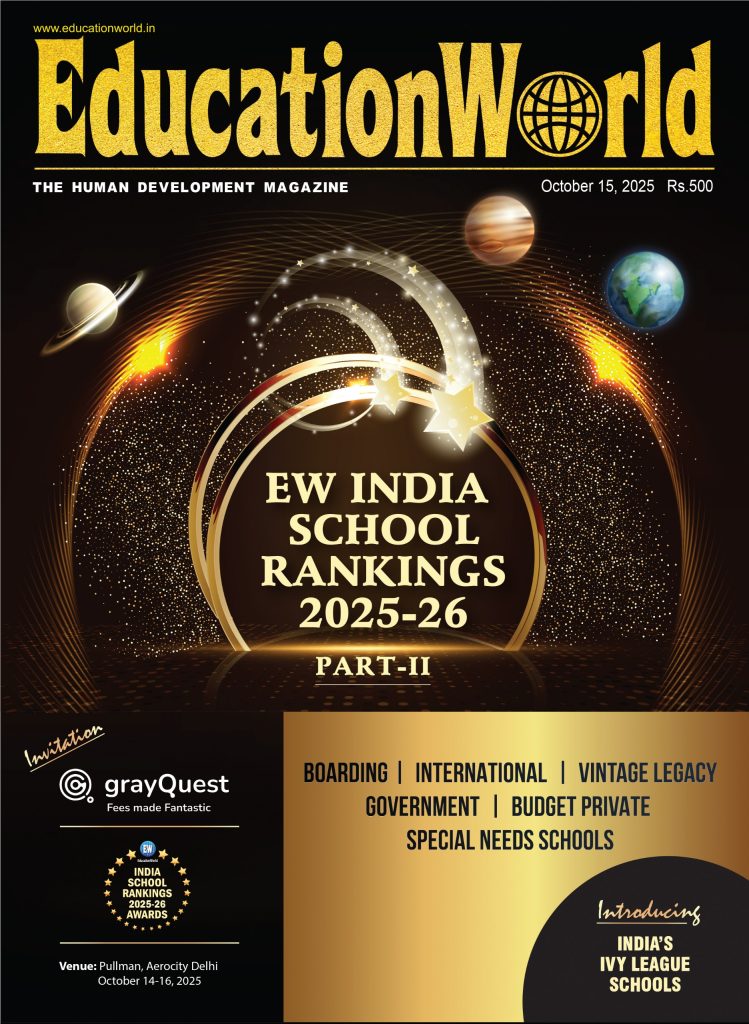Soaring Towards Turbulence: Challenges Facing India’s Pilot Training Schools
 By -Sumaiya Ali, founder at Wind Chasers
By -Sumaiya Ali, founder at Wind Chasers
The aviation industry in India is on the boom wave, which sees the sector being driven by the emerging economy and an ever-increasing number of kids from the middle class flying high. Nonetheless, this upward trend faces a big challenge because of the trained pilots shortage that is created by the surge of new airlines. Pilot training schools across the country are dealing with a number of challenges that are hampering their ability to produce a sufficient supply of qualified aviators.
The Financial Burden: Exorbitant Costs
One of the greatest challenges faced by would-be pilots and pilot training institutions is the staggering cost of getting a commercial pilot licence (CPL). In India, the total amount that is needed can range from 30 lakhs to 50 lakhs, thus making this dream path financially unreachable for many families. The major costs are a result of expensive aircraft rental, costly fuel prices, instructor fees, and the long and mandatory training hours required by regulations.
The Constraints of Infrastructure and Resources
Another important challenge is the shortage of the necessary infrastructure and resources at many pilot training centres. However, the number of new flight students keeps getting bigger, but the reservoir of available training aircraft, simulators, and experienced instructors does not expand fast enough. With a shortage of this essential resource taking place, there are longer waiting lists, and the training programs are taking longer to finish, all worsening the pilot shortage.
The need for substantial investment in state-of-the-art simulators and an expansion of training aircraft fleets is pressing. Additionally, retaining experienced instructors is an ongoing struggle, as they are often lured away by lucrative offers from airlines.
The Maze of Regulations and Bureaucracy
India’s aviation industry is governed by a complex web of regulations and bureaucratic processes, which can pose substantial hurdles for pilot training schools. Obtaining necessary approvals, certifications, and licences can be a time-consuming and challenging endeavour, often leading to delays in commencing or expanding training programs.
Navigating the various guidelines, paperwork, and inspections can be a significant drain on resources, diverting focus from the core mission of training the next generation of pilots.
Paving the Way: Potential Solutions
Addressing the challenges faced by pilot training schools in India will require an enormous effort from the government, airlines, and the aviation industry as a whole. Potential solutions include:
- Financial assistance programs and scholarships to make pilot training more accessible to deserving candidates from diverse socioeconomic backgrounds.
- Public-private partnerships to establish world-class training facilities with state-of-the-art equipment and resources.
- Streamlining regulatory processes and fostering a more supportive environment for pilot training institutes.
- Collaboration between airlines and training schools to develop industry-relevant curricula and ensure a smooth transition for newly certified pilots.
- Embracing innovative training methodologies, such as virtual reality simulations and e-learning platforms, to enhance the quality and efficiency of pilot training programs.
Given the growing momentum in the Indian aviation industry, having a solution for the difficulties faced by the pilot training schools is the key to ensuring the uninterrupted provision of capable pilots. Through the provision of a conducive atmosphere where accessibility, quality, and innovation in pilot training are the key factors, India can fly to new heights and establish itself as a leading aviation country in the world.


















Add comment